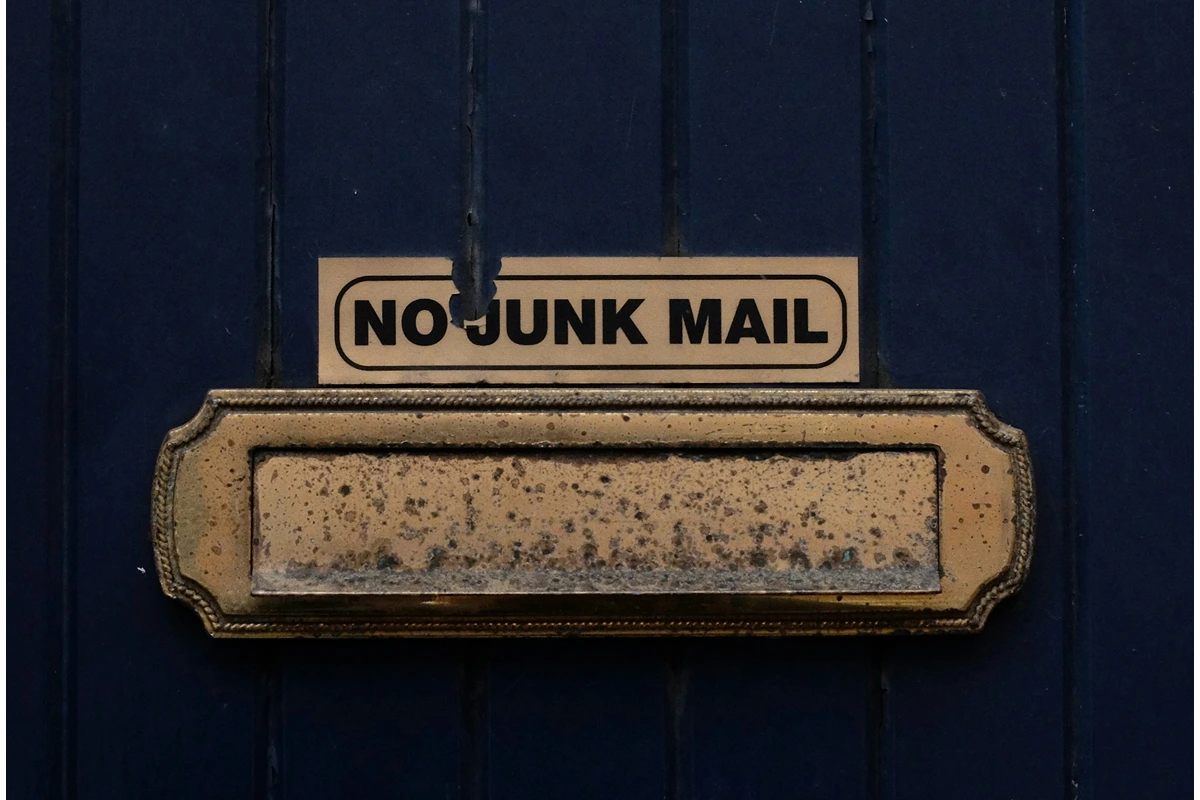Why Boundaries Matter Now
If you’ve ever asked yourself, “How do I say no without jeopardizing my career?” you’re not alone. Remote and hybrid work has blurred the line between work and home, creating a culture where employees feel they must always be available. The result? Digital boundaries erode, and technostress rises.
But healthy disconnection doesn’t mean avoidance it’s about intentional boundary setting. With the right scripts and small steps, you can protect your well-being and your performance.
1. The Power of Intentional Disconnection
Setting boundaries is a voluntary act that restores balance. Instead of reacting to constant pings, design mini-routines that reintroduce control.
| Boundary Type | Script/Action | Why It Helps |
|---|---|---|
| Time Blocks | “I batch-check messages at 9 a.m., 1 p.m., and 5 p.m.” | Reduces constant checking and mental load. |
| Focus Zones | Activate “Do Not Disturb” for 90-minute deep work sprints. | Rebuilds concentration and reduces stress. |
| After-Hours Policy | Schedule late emails to send the next morning. | Models healthy norms and eases reply anxiety. |
Coach’s tip: If you’re highly motivated (Ready persona), experiment with digital sabbaticals. If you feel overwhelmed, start with just one boundary that feels doable—a “3 out of 10” on difficulty.
2. Communicating Boundaries Without Guilt
Guilt often stems from fear of seeming uncommitted. Reframe boundaries as a performance enhancer: you’re not saying no, you’re saying yes to quality.
| Scenario | Script | Why It Works |
|---|---|---|
| After Hours | “I log off at 5:30 p.m. to recharge. I’ll check messages at 8:00 a.m. If urgent, please text me.” | Links disconnection to delivering better results. |
| Weekend Work | “Thanks for thinking of me! I’ll dive in Monday to give this the focus it deserves.” | Frames boundary as respect for quality, not avoidance. |
| Non-Urgent Ping | “To manage cognitive load, I’ll reply at 1 p.m. when I process messages.” | Shows control without sounding dismissive. |
3. Fighting Notification Overload
Don’t just resist your devices, use their features to your advantage:
- Filter notifications so only essentials break through.
- Schedule Do Not Disturb windows (e.g., 10 p.m.–7 a.m.).
- Lean on synchronous tools (calls, short huddles) when async overload builds up.
These small tweaks turn technology into a support tool rather than a stressor.
4. Aligning With Your Ideal Self
Ultimately, digital boundaries aren’t about restriction, they’re about alignment. Every time you set a healthy limit, you’re bridging the gap between your actual self (stressed, always on) and your ideal self (focused, balanced, high-performing).
Boundaries are an act of professional self-respect. By saying no strategically, you’re saying yes to sustainability, better work, and a healthier you.
Streamlined Reference List
- Chen, A. J., & Karahanna, E. (2018). Life interrupted: The effects of tech-mediated work interruptions. MIS Quarterly, 42(4).
- Guyard, C., & Kaun, A. (2018). Workfulness: Governing the disobedient brain. Journal of Cultural Economy, 11(1).
- Hesselberth, P. (2018). Discourses on disconnectivity and the right to disconnect. New Media & Society, 20(5).
- Marx, J., Mirbabaie, M., & Turel, O. (2025). Digital detox: Framework and research directions. Information & Management, 62(3).
- Radtke, T., Apel, T., Schemmel, L., & Woll, A. (2021). Digital detox: Concepts and recommendations. Psychology & Health, 36(3).
- Schmitt, J. B., Breuer, J., & Wulf, T. (2021). From cognitive overload to digital detox in telework. Computers in Human Behavior, 124.
*Disclaimer: Offline Now offers educational coaching tips, not medical or therapeutic advice; please consult a qualified health professional for personal, clinical or health concerns.*




